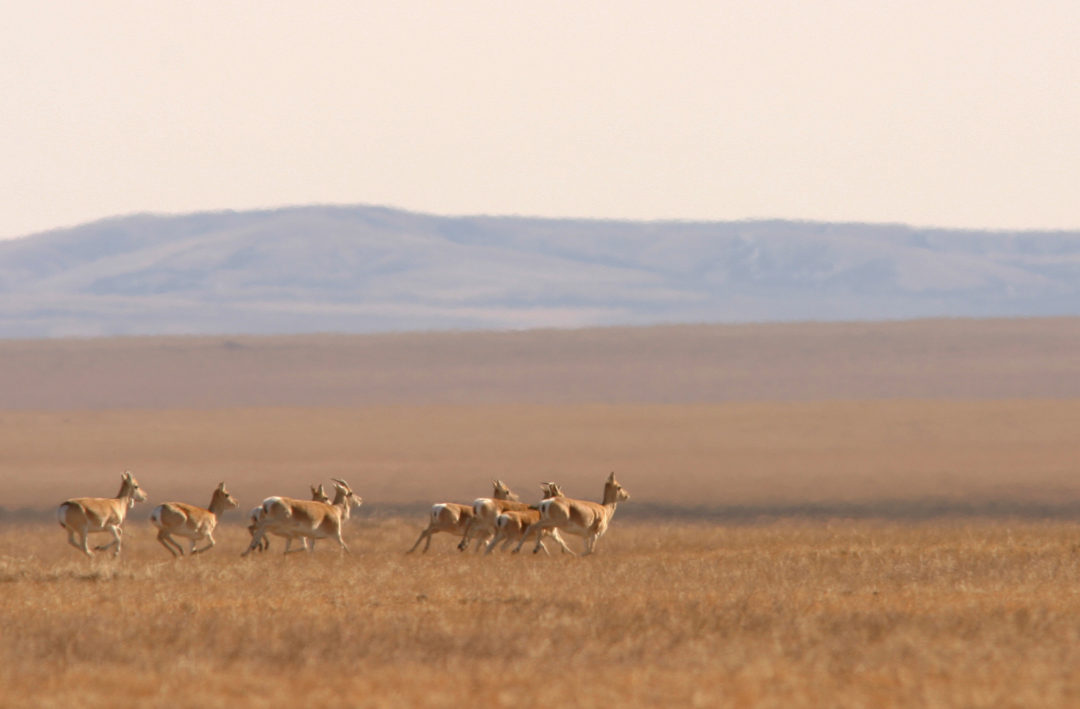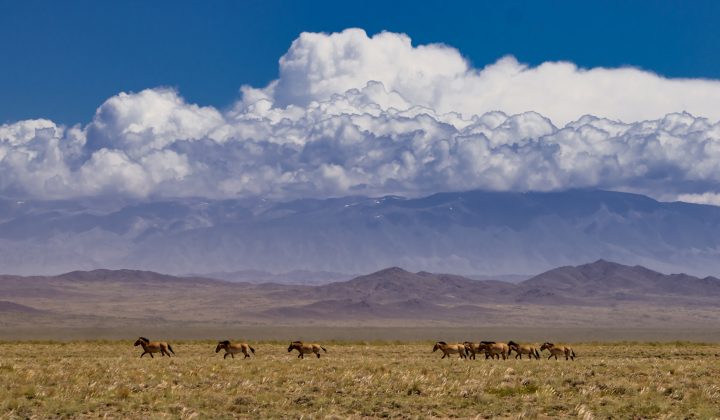Working Group
Movement Ecology
From basic everyday foraging behaviors to extraordinary long-distance migrations: animal movements are essential for species survival, ecosystem functioning, and biodiversity.
Our group studies theoretical and applied aspects of movement- and wildlife ecology, from the behavioral underpinnings and social interactions to ecosystem functions and macro-ecological patterns. We are particularly interested in understanding the interactions between moving animals and their environment and the exceptional challenges that an increasing human footprint poses for movements of wildlife, which ultimately leads to the question of human-wildlife coexistence.
To that end, we pursue an integrated social-ecological research program to better understand human wildlife interactions and develop sustainable conservation recommendations.



